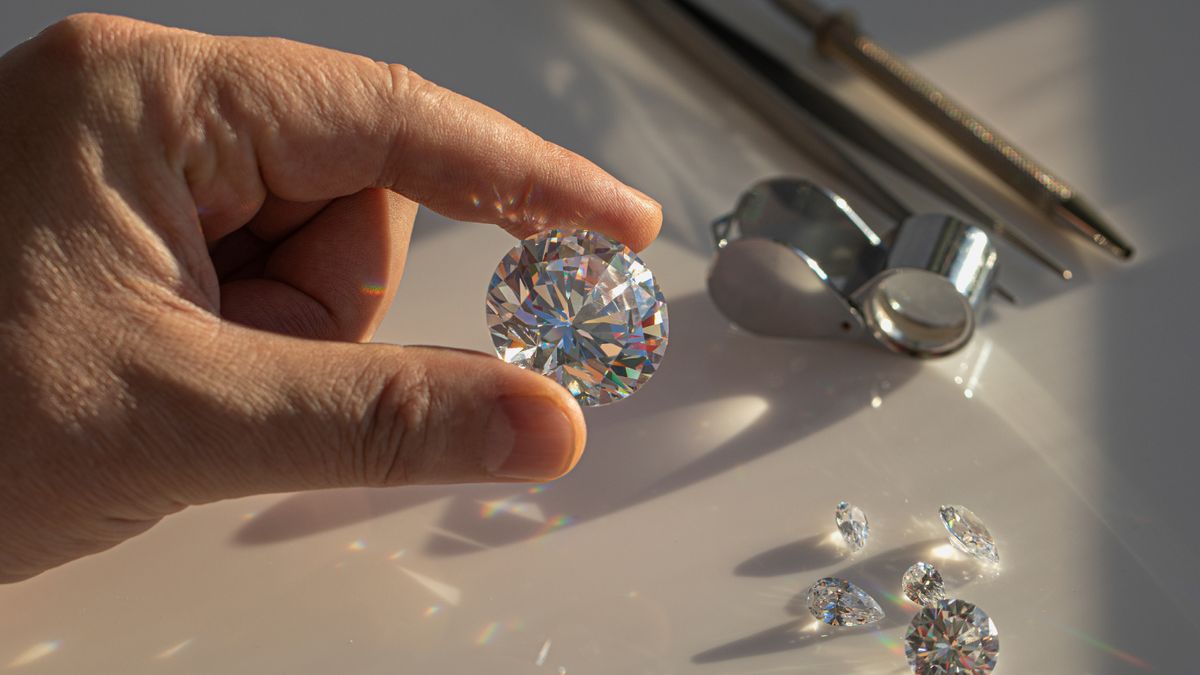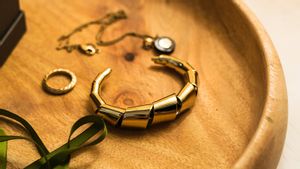Diamonds may have always been associated with women but today they have reached a gender-neutral status, and so have discussions about diamond sustainability and ethical practices.
There is a growing demand for lab-grown diamonds in the jewellery industry. In response to consumer curiosity about transparency and sustainability, the diamond industry has actively worked toward making the world a better place with its sustainability initiatives. Various viewpoints have been put forward regarding the pros and cons of lab-grown diamonds.
In an insightful conversation with Surya Jain, CEO and founder of Aupulent, an emerging affordable luxury jewellery brand that recently unveiled a fine-crafted coloured lab-grown diamonds jewellery collection, Zee Zest discussed how environmentally and ethically sustainable lab-grown diamonds are, how different they are from natural ones and their future.
Edited excerpts:
1. How does one differentiate between lab-grown and mined diamonds?
Technically, the naked eye cannot differentiate between lab-grown and naturally-mined diamonds because they have the same optical and chemical composition. Even traditional gemological observation styles and diamond detection patterns cannot identify the difference between the two. This is why you have to rely on a licensed gemologist or laboratory that uses the latest methods in diamond grading techniques and the most state-of-the-art gadgets to differentiate between the two. Some of the markers used to differentiate between lab-grown and mined diamonds include checking for the growth morphology where you look for fluorescence patterns or looking for trace substances like nitrogen or phosphorus that are present in natural diamonds.
2. How do lab-grown diamonds appeal in terms of the four Cs and how does one look for them?
The four-C system was started by Robert M Shipley, the founder of the Gemological Institute of America. The four C’s stand for – colour, cut, clarity, and carat weight. Both natural diamonds and lab-grown diamonds are measured by the four Cs. Lab-grown diamonds follow the same appeal as naturally-mined diamonds. In terms of colour, the diamonds are graded on a scale of D-Z, D being the highest and completely colourless. Coloured diamonds are graded as per the Colour Level scale. The same standards apply for cuts and diamonds get graded on a scale of excellent to poor. In terms of clarity and carat weight too, lab-grown diamonds appeal in the same way as natural diamonds. One cannot even distinguish the difference at a surface-level glance, only a certified gemologist/ lab can do the same.
3. Your thoughts on the future of online jewellery purchases?
With the turn of the 21st century, almost every sector has shifted to the digital domain. Online is the present and future, not just for jewellery, but for all kinds of purchases. More and more people love the idea of shopping from the comfort of their homes and the reduced commute. You can surf through dozens of designs at a speed convenient to you. You can compare the prices of various jewellery pieces – the pros are endless.

4. Given that jewellery is a personal purchase for most people where one wants to wear and see how it looks on you, how do online jewellery brands such as Aupulent address this need?
You will be surprised to see the growth of online jewellery, especially during the COVID-19 pandemic. Even though customers can’t try on the jewellery pieces the first time, they can try them on once they receive them. In case they don’t like what they see, they can easily return it. We have a no-questions-asked returns policy in place, so our clientele can enjoy free returns and only keep the pieces they adore. We also have free consultations, where our customers can interact with our expert jewellery consultants and get their concerns addressed.
5. What according to you is the future of lab-grown diamonds and how do you see it growing?
The future of lab-grown diamonds is bright and got brighter after the onset of the COVID-19 pandemic. While many doors closed, others opened. In fact, the projected growth for lab-cultured diamonds is set to reach USD 49.9 billion in 2030, almost double the amount for 2022, i.e., USD 19.3 billion dollars. There has been an increasing awareness of the pros of lab-cultivated diamonds including their affordability and sustainability when compared to natural diamonds. And given that lab-grown diamonds exactly resemble earth-mined ones in appearance and longevity, they are catching on in the market.
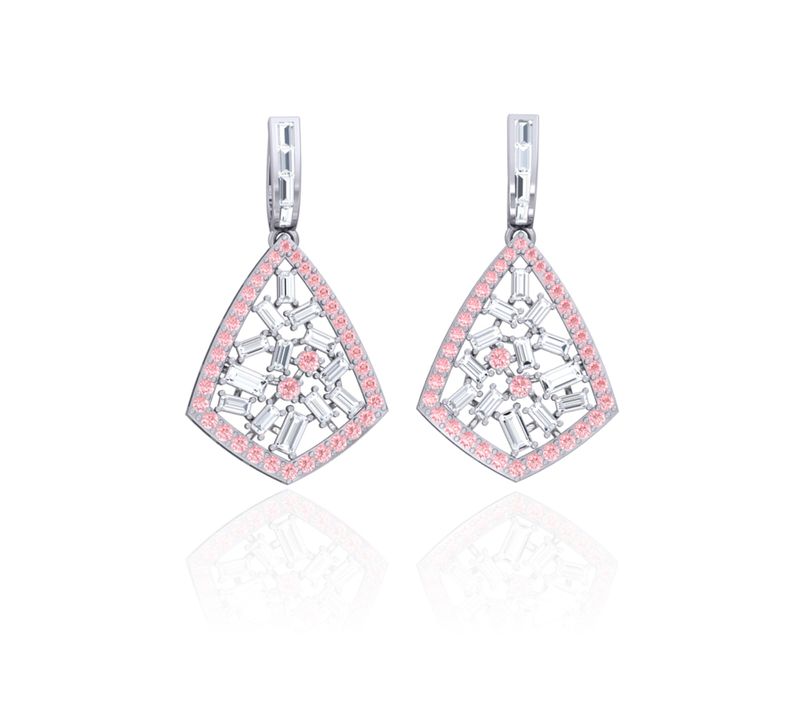
6. Are there any loopholes in terms of valuations that one must consider while investing in these?
I really believe in the potential of this industry, and there are enough stats to support that belief. So, I wouldn’t say loopholes are the correct term used here because with any type of investment there are specific parameters one must keep an eye out for. Anyone investing in lab-grown diamonds must look out for the four Cs- cut, clarity, colour, and carat. They must also see the certification of the diamond and the jeweller’s buy-back policy in detail. They should also check if the diamond is grown from the CVD process and not the HPHT one.
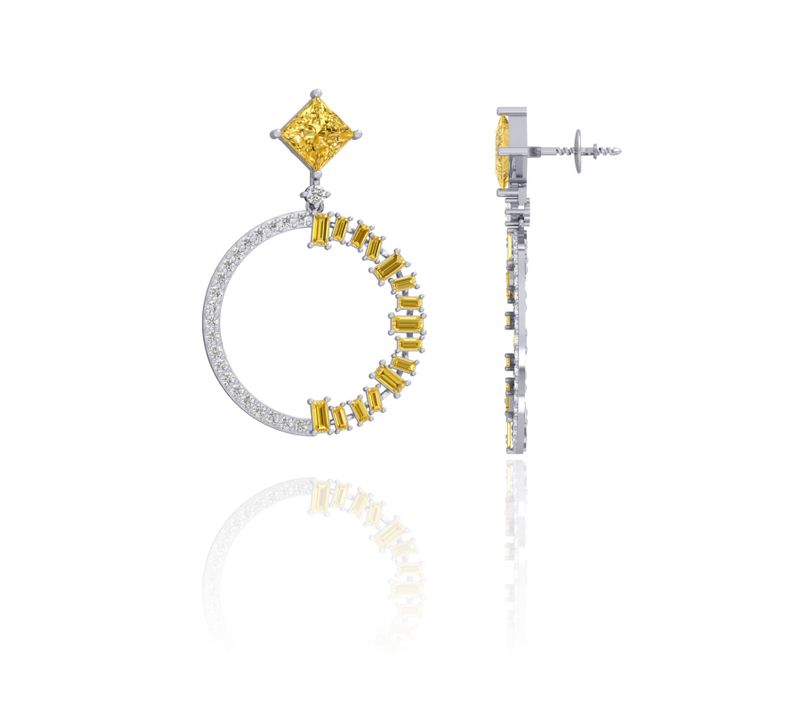
7. Who are your competitors in India?
I view any competition between our brand and existing players as healthy competition. Some level of healthy competition can actually be put to good use, and you can use it as an inspiration – which is exactly what we did and carved our own niche of colourless and coloured diamond jewellery. While we are the pioneer in offering a first-of-its-kind coloured lab-grown diamond collection, Aupulent does have some competition from existing players such as Giva, Caratlane, and Melorra. Besides, women have a lot to choose from – not just in the jewellery department – they’ve got gadgets, handbags, makeup, and dresses – so I guess the real challenge would be to successfully grab their attention.
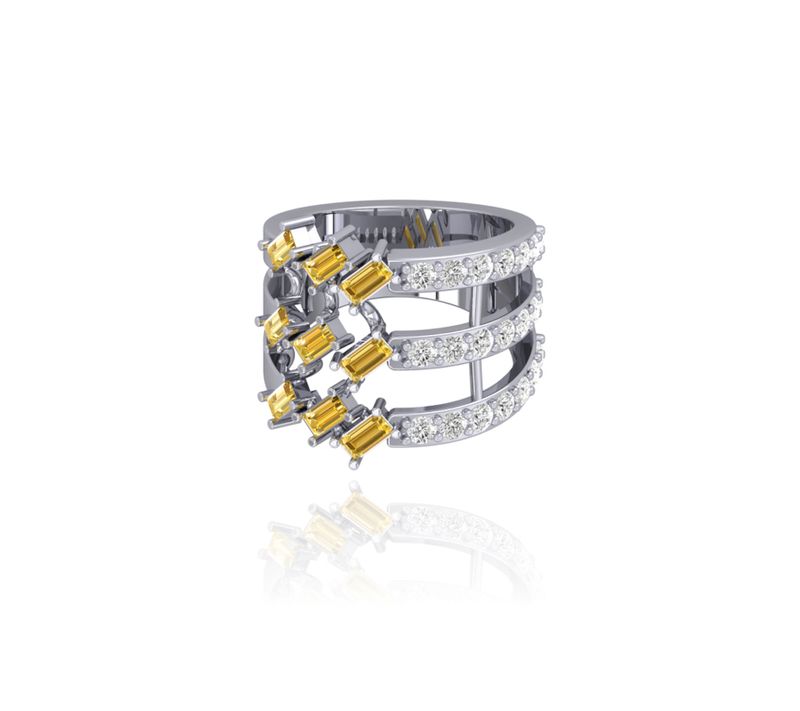
8. Do you face any challenges with lab-grown diamonds when it comes to designs, styles, etc?
All our diamonds are grown under the expertise of the finest expertise of engineers and gemologists. We look into every stage of the cultivation process. While the process is somewhat time-consuming, there were hardly any challenges when it came to developing designs and styles because we had a clear vision of what we wanted to introduce into the market. We’ve come up with some clean, timeless, and exquisite pieces.
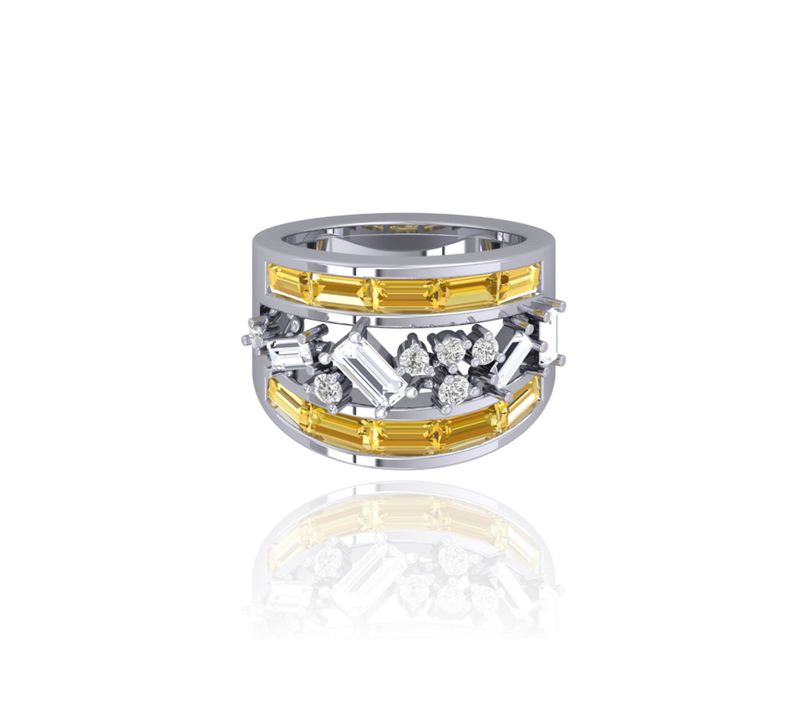
9. While lab-grown diamonds are sustainable, their affordable price points make them easy to buy. How does one tackle sustainability with the need to indulge and overconsumption?
Buying diamonds has always been associated with celebrating a milestone moment in life – like an engagement, marriage, anniversary, or a new beginning. So, buying a diamond to commemorate such an event is only reasonable and a timeless tradition. However, when buying becomes mindless and for the sole purpose of keeping up with new trends, the lines between sustainability and over-consumption can get blurred. I think the only way to tackle this is to acknowledge your purchasing habits. I think when people can identify that they are making purchases from a place of want and not a reasonable need, it can stop them from over-indulging.

10. How does one clean and take care of lab-grown diamonds?
Lab-grown diamonds are durable. But they require time-to-time care and cleaning to last longer. To keep your diamonds shiny and sparkly, you can clean them once or twice a month by soaking them in a solution of lukewarm water and mild soap for 15-20 minutes. After soaking them, you can use a soft brush to clean the inner workings from any grime or residue. Once cleaned, use a soft and dry towel to pat the diamond dry. Apart from that, avoid using your diamond jewellery in the shower. Store it in a cool and dry box or compartment to keep it safe.
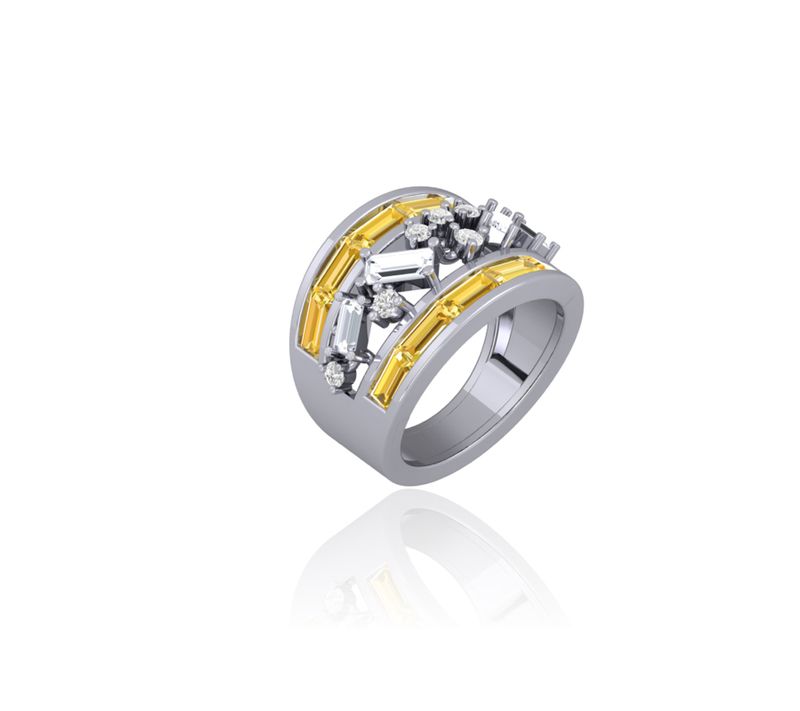
11. Some must-have jewellery pieces that one must invest in for the festive season?
We managed to tap into the potential of online jewellery and its pros with lab-grown diamonds. I believe all our pieces are suitable for daily wear and special occasions because they are versatile and adaptable. An entire set – a pair of earrings, a pendant/ necklace, and a bracelet to match has been the timeless choice for special occasions. Moreover, I think coloured pieces are a must-have for the festive season as they add that vibrancy and match the buzz of festivals.


